

Paul Maric
1200hp Ram TRX vs Lamborghini Revuelto drag race
27 Days Ago

Contributor
Walkinshaw Performance is rolling out a range of accessories designed to make it easier to haul a heavy load with a Chevrolet Silverado or RAM 1500.
It’s offering a range of suspension upgrades and fifth-wheel hitches for the American pickups, which generally offer braked towing capacities around 4500kg. That’s up 1000kg on what the Ford Ranger and Toyota HiLux offer.
“We’ve always been about making your car lower, louder, faster. We’ve started that with trucks – doing supercharger kits, lift kits, big tyres – but the other difference is, being a utility we’re also increasing the utility aspect of what the vehicle is as well,” said Nick Verboeket, senior engineer for special projects at Walkinshaw Performance.
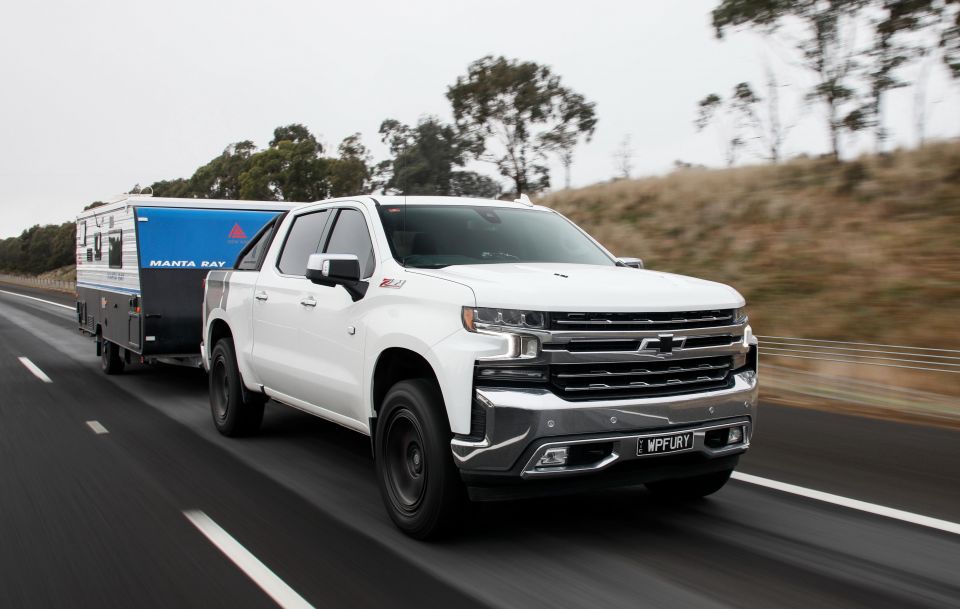
Despite its elevated towing maximum, however, a stock Silverado 1500 is still constrained by its limited Gross Vehicle Mass (GVM) and Gross Combination Mass (GCM) values.
With a 4500kg trailer on its rear and one 80kg passenger on board, a Silverado 1500 LTZ weighing 2540kg is just 40kg shy of its 7160kg factory GCM.
By increasing the GCM to 7512kg with new springs and dampers, the Walkinshaw upgrade allows owners to tow at the Silverado’s maximum capacity with a carload of passengers and luggage on board.
It also increases the payload from 712kg to 1000kg, which qualifies the Silverado for the commercial vehicle Instant Asset Write-Off scheme rebate, rather than the watered-down passenger car version.
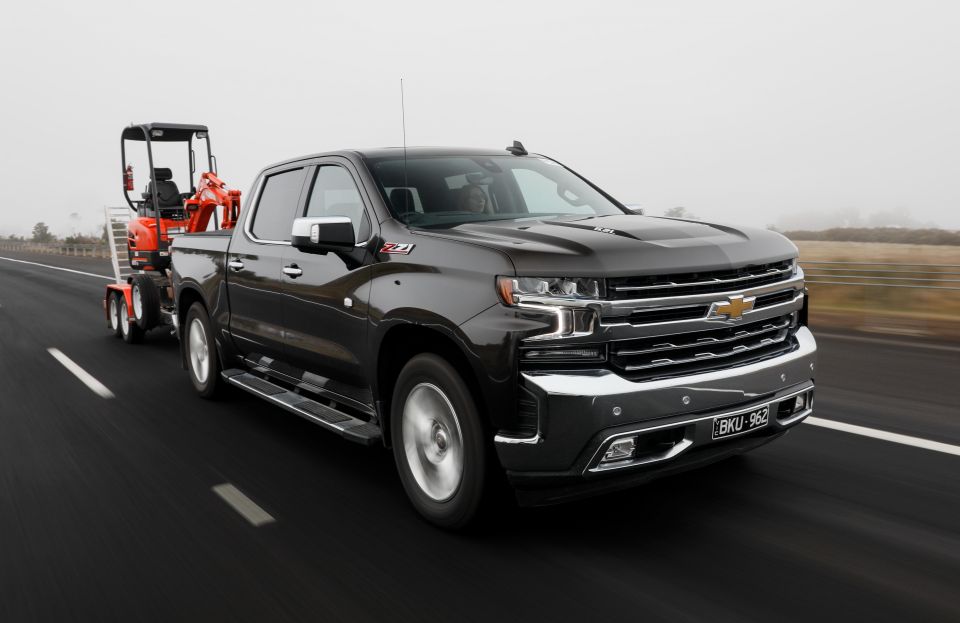
Walkinshaw says buyers can pair the GVM Upgrade with the Fury Pack, or the 185-litre long-range fuel tank currently in development for the Silverado 1500. It can also be paired with a fifth-wheel hitch.
The company has developed bed-mounted fifth-wheel hitches for the Chevrolet Silverado 1500 and Silverado 2500 in conjunction with specialist company Curt.
Unlike a normal tow ball, a fifth-wheel hitch allows heavy trailers with a suitable connector to be hitched in a way that sees most of their downward load sitting over the rear axle instead of behind it.
“The system that we’re using to put a fifth wheel in the [Silverado 1500] doesn’t actually exist anywhere in the world,” Mr Verboeket said. “It’s a mirror of what they use at the [manufacturer] level for heavy-duty towing in the US.”
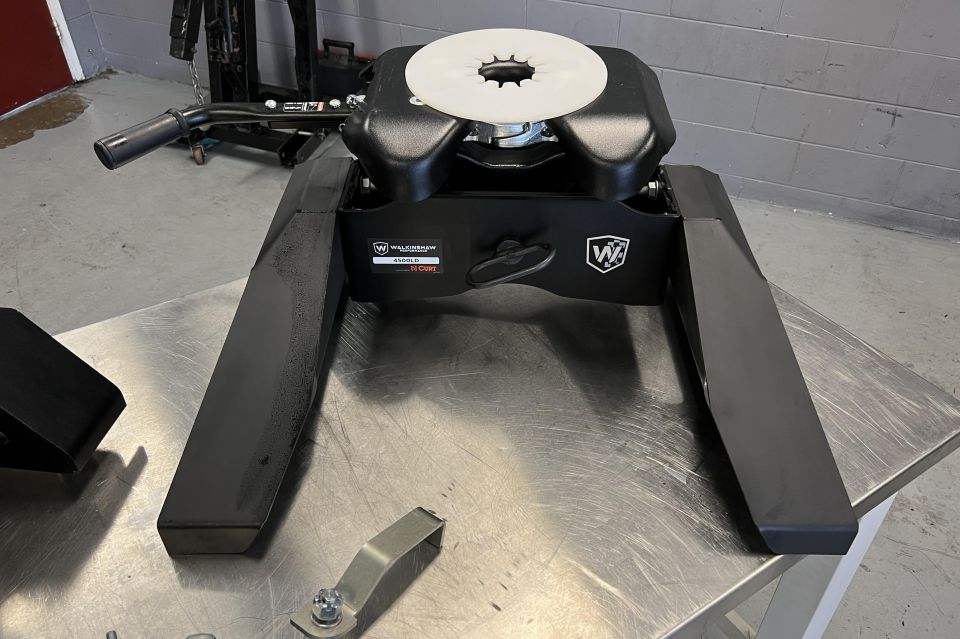
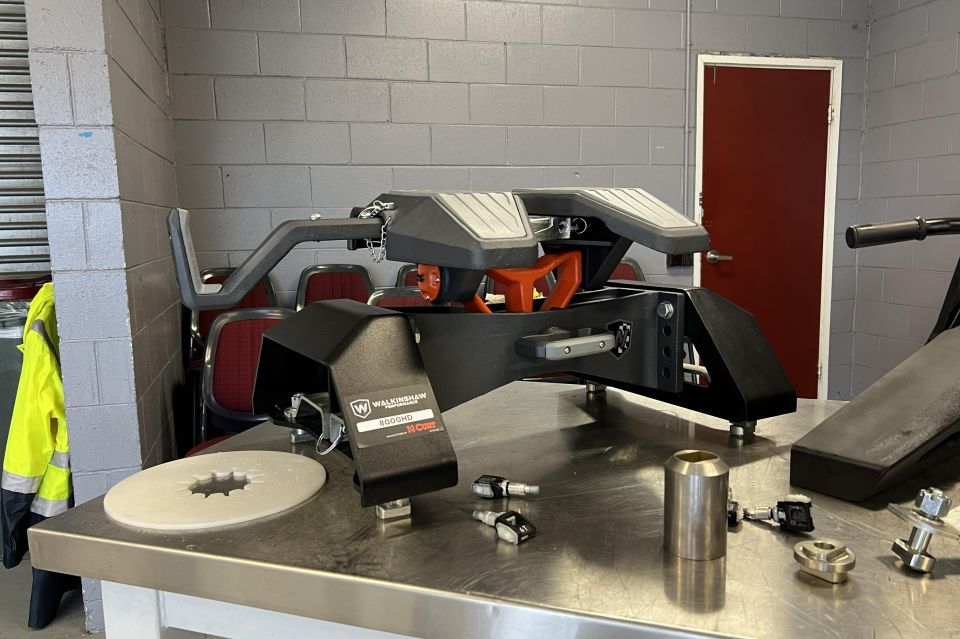
The hitches can be mounted or removed from the bed of a Silverado by one person, because their heavy pieces can be disassembled and separated to make them manageable. They leave the tray of the car fully functional when removed, and don’t require permanent rails or oversized mounts.
“Once you move to the fifth-wheel hitches you get a lot of benefits, you really start to realise what one of these vehicles can do for towing,” Mr Verboeket said.
“When you’re towing, your rear axle does the hard work of carrying the trailer. Your front axle is still having to look after your car.
“Where that mismatch happens is; when you start getting very heavy trailers, you get a balance and the trailer is more in control than you are. Your rear axle hopefully can cope with the load, but the front starts losing the work it’s meant to do which is your steering, your braking, keeping your headlights where they are, and control of the combination.
“Once you move to a fifth wheel, you move further away from this requirement of one-to-one. It allows your trailer to get significantly heavier than your car, but your car maintains control.”
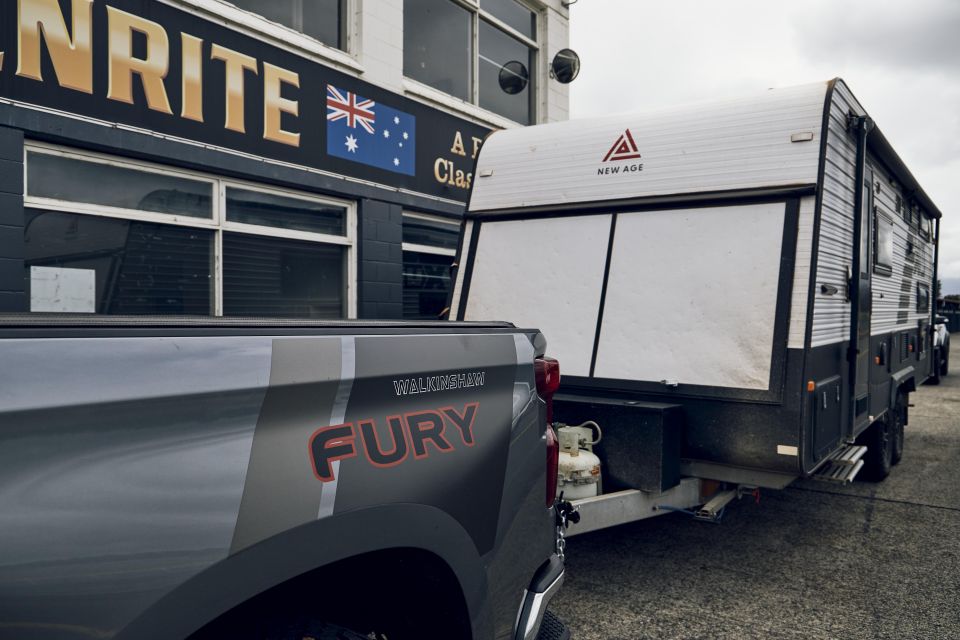
The hitch being offered for the Silverado 1500 is rated for trailers up to 4500kg, and the setup being marketed for the Silverado 2500 is rather for 8000kg trailers and a 12,490kg GCM.
The Silverado 2500 hitch also supports air brakes, which are an ADR requirement for trailers over 4500kg.
Walkinshaw commercial director Chris Polites says the company is going through the “final stages” of development for the GVM Upgrade, and the fifth-wheel hitches will be on sale in the first quarter of 2022.
The new towing products sit in a segment that not only ties in with Walkinshaw’s focus on American pickup trucks, but with its New Age Caravans business.
“We get told by customers: ‘I bought one of your vans, I bought one of your trucks. Why does it suck to tow?’. We’ve been working really hard on that, and the first suite of products are probably the first proof points in trying to solve that problem,” Mr Polites said.
Where expert car reviews meet expert car buying – CarExpert gives you trusted advice, personalised service and real savings on your next new car.
Scott Collie is an automotive journalist based in Melbourne, Australia. Scott studied journalism at RMIT University and, after a lifelong obsession with everything automotive, started covering the car industry shortly afterwards. He has a passion for travel, and is an avid Melbourne Demons supporter.


Paul Maric
27 Days Ago


Max Davies
22 Days Ago


Josh Nevett
14 Days Ago
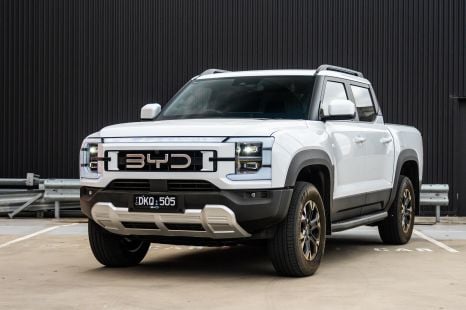

William Stopford
12 Days Ago


Max Davies
8 Days Ago


James Wong
6 Days Ago